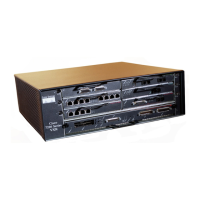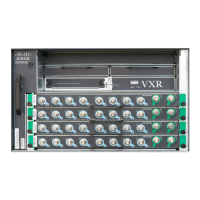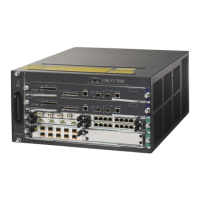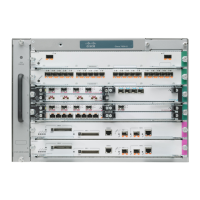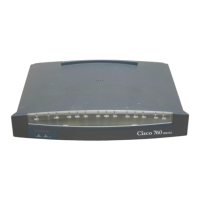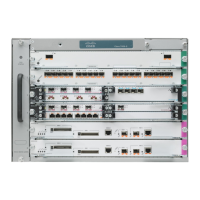Send document comments to nexus7k-docfeedback@cisco.com
7-5
Cisco Nexus 7000 Series NX-OS Interfaces Configuration Guide, Release 5.x
OL-23435-03
Chapter 7 Configuring vPCs
Information About vPCs
Figure 7-2 vPC Interfaces in One VDC
For more information on VDCs, see the Cisco Nexus 7000 Series NX-OS Virtual Device Context
Configuration Guide, Release 5.x.
vPC Terminology
The terminology used in vPCs is as follows:
• vPC—The combined port channel between the vPC peer devices and the downstream device.
• vPC peer device—One of a pair of devices that are connected with the special port channel known
as the vPC peer link.
• vPC peer link—The link used to synchronize states between the vPC peer devices. Both ends must
be on 10-Gigabit Ethernet interfaces.
• vPC member port—An interface that belongs to a vPC.
• Host vPC port—A Fabric Extender host interfacesthat belongs to a vPC.
• vPC domain—This domain includes both vPC peer devices, the vPC peer-keepalive link, and all of
the port channels in the vPC connected to the downstream devices. It is also associated to the
configuration mode that you must use to assign vPC global parameters.
• vPC peer-keepalive link—The peer-keepalive link monitors the vitality of a vPC peer Cisco Nexus
7000 Series device. The peer-keepalive link sends configurable, periodic keepalive messages
between vPC peer devices.
We recommend that you associate a peer-keepalive link to a separate VRF mapped to a Layer 3
interface in each vPC peer device. If you do not configure a separate VRF, the system uses the
management VRF by default. However, if you use the management interfaces for the peer-keepalive
link, you must put a management switch connected to both the active and standby management ports
on each vPC peer device (see Figure 7-9).
vPC domain
Catalyst
Series 6500 switch
Peer-keepalive
link
Catalyst
Series 6500 switch
Nexus 7000
device
Nexus 7000
device
20 21
Supervisor
Supervisor
Supervisor
Supervisor
Port channel
Port channel
10
vPC peer link
189976
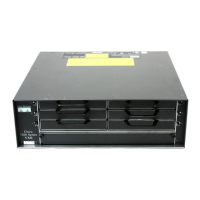
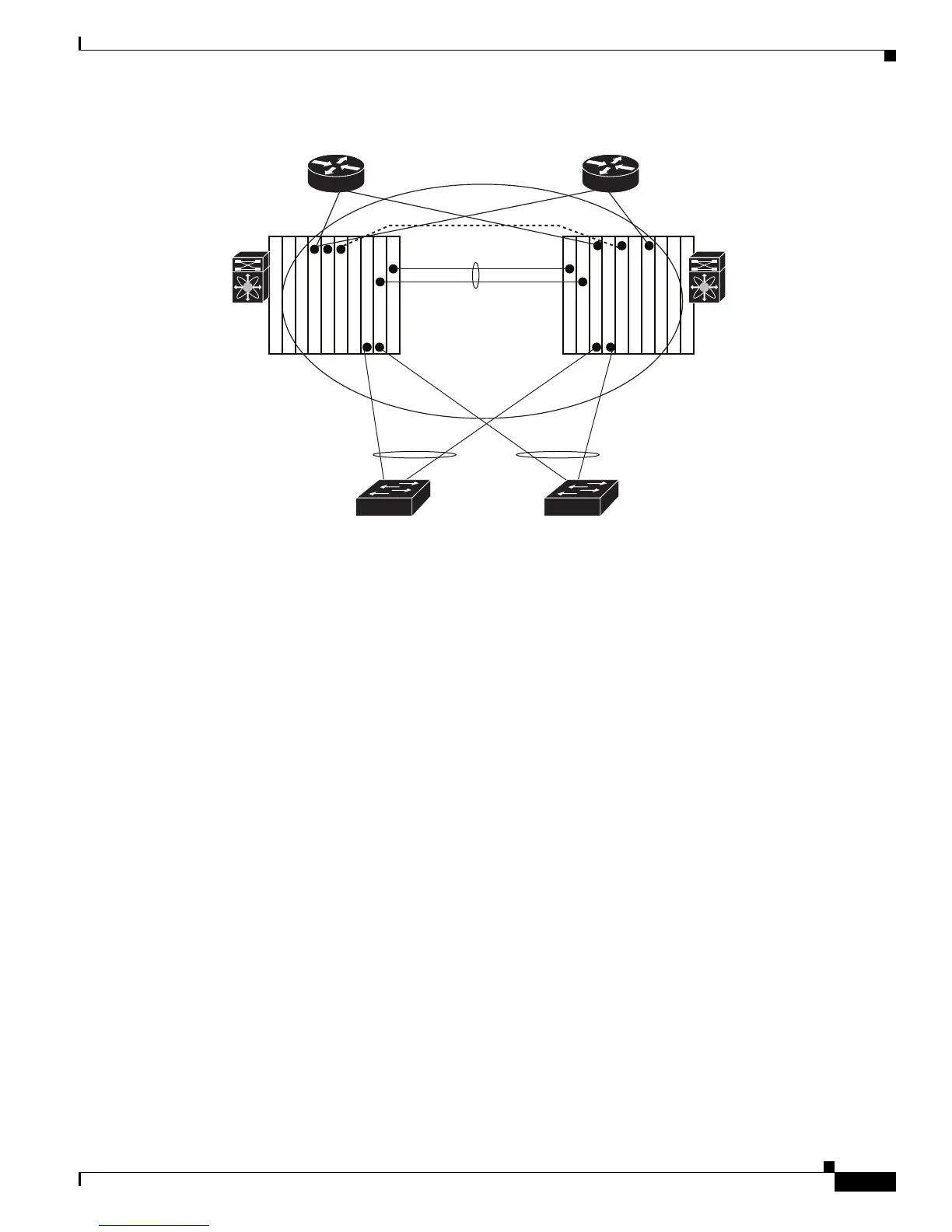